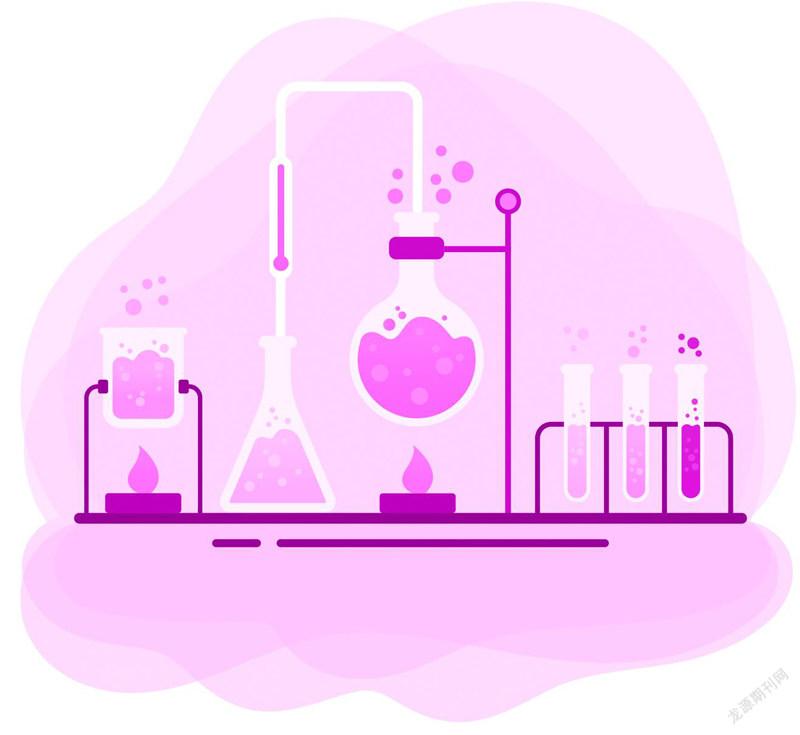Chinese scientists create starch in the lab实验室里的合成淀粉
2022-06-08央宗
央宗


中国科学家通过不懈的努力研制出了人工合成淀粉,并首次在实验室实现了二氧化碳到淀粉的合成,使淀粉生产从传统农业种植模式向工业车间生产模式转变成为可能。
Chinese scientists have created starch, a type of complex carbohydrate found in plants, using carbon dioxide, hydrogen and electricity, according to a new study.
Experts said that if such a technique can be promoted to the level of industrialization, it may revolutionize how this key nutrient and industrial ingredient is made, since it does not require farming and processing large quantities of starchy crops such as sweet potato and maize, thus saving more water, fertilizer, and land.
It may also be used to recycle carbon dioxide into a consumable product. This will help reduce carbon emissions and fight against climate change, especially if the electricity used is from renewable sources like solar and wind.
In space exploration, it may provide a sustainable food source for astronauts as they travel long distances in space and try to settle on other planets where growing food is unfea-sible. Future space travelers may simply turn the carbon dioxide they breathe out into the food they eat. Starch and other complex carbs make up 60 to 80 percent of the human diet. This breakthrough demonstrates that synthesizing (合成) complex compounds like starch is achievable in a lab, so there are many industries that can benefit from this technology.
Starches are widely used in sugar production, food and beverage processing, printing, drug?making, textiles, and dozens of other industries. This prompted the manufacturing of corn starch and its derivatives (派生产品) into an 80 billion yuan industry in China.
Researchers have been focusing on a single project: how to make starch like plants, but do it much faster. Creating carbohydrate via more effective means is so important for sustainability on Earth and future space exploration. Starch is made of a much more com-plex chain of glucose molecules. Their method involves first changing carbon dioxide and hydrogen gas into methanol, which is a molecule that contains a single carbon atom. Scien-tists then piece these single?carbon molecules like a puzzle into bigger and more complex molecules via enzymatic (酶的) processes.
With the help of supercomputing, Chinese scientists have streamlined the natural starch making process from about 60 into 11 steps, with the final product being starch and the lab?made starch being chemically identical to starch in nature.
ReadingCheck
1. What effect will Chinese scientists' breakthrough bring?26705F74-A241-4D6A-AC95-5742EFFB39FE
A. It will enable the astronauts to live in space.
B. It will save large quantities of labor in farming.
C. It will be of great help to deal with climate change.
D. It will greatly promote the development of industry.
2. Which word is close to the meaning of the underlined word “unfeasible” in paragraph 4?
A. Imaginative. B. Impossible.
C. Necessary. D. Suspicious.
3. In which aspect does the lab?made starch differ from natural starch?
A. Its usage in life. B. Its nutrition value.
C. Its chemical structure. D. Its producing time.
4. What does the text mainly tell us?
A. Food can be created in the laboratory.
B. We needn't worry about lacking starch.
C. Chinese scientists create starch in the lab.
D. Carbon dioxide can be used to make starch.
LanguageStudy
Difficult sentence in the text
Experts said that if such a technique can be promoted to the level of industrialization, it may revolutionize how this key nutrient and industrial ingredient is made, since it does not require farming and processing large quantities of starchy crops such as sweet potato and maize, thus saving more water, fertilizer, and land. 專家表示,如果这样的技术可以提升工业化水平,它可能改变这种重要营养物质和工业成分的制造方式,因为它不需要种植和加工大量的淀粉作物,如红薯和玉米,从而节约更多的水、肥料和土地。
【点石成金】本句为复合句。that引导的为宾语从句,在宾语从句中,if such a technique can be promoted to the level of industrialization为if引导的条件状语从句;since it does not require farming and processing large quantities of starchy crops such as sweet potato and maize为since引导的原因状语从句;thus saving more water, fertilizer, and land为“thus+V?ing”构成的结果状语。26705F74-A241-4D6A-AC95-5742EFFB39FE
